Steel water pipes: when strength is needed
In this article, we will try to analyze in what cases a water pipe steel pipe can be used, what are the advantages and disadvantages of this material for creating a water pipe and whether there are alternatives to it.
commitment to tradition
Steel pipes have been used for water pipes, to put it mildly, for a long time. In order not to lie - from the very beginning of the use of pressure water pipes and special pumps to increase water pressure. Now, with an abundance of much more modern materials, it would seem that the material has become obsolete. So right?
An no. A steel water pipe occupies a significant part of the racks in any building materials supermarket and is still used today.
Since it is for sale, it obviously has some advantages over its competitors, right?

Advantages
Mechanical strength
Steel pipes can be used primarily where the pipeline is subject to noticeable external mechanical influences. If you need to lay a pipe under your feet in the corridor, steel will be the best choice. From the point of view of strength, of course, since this material has a lot of shortcomings in other areas.
If the pipeline has to transport water under very high pressure, a steel pipe will also be the best choice.
For example, immediately after the booster pump, during its operation, the pipeline is subjected to two extremely adverse effects at once:
- Vibrations from the electric motor and pump impeller;
- Significant pressure drops when switching on and off the swap.
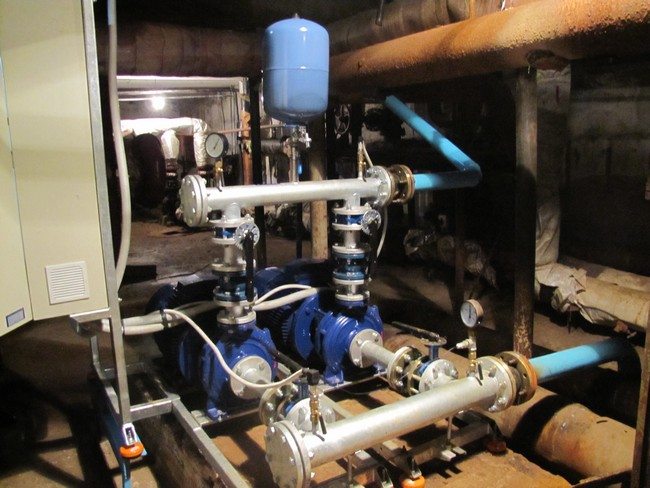
Relative cheapness
A steel water pipe is not the cheapest material for creating water pipes. But one of the cheapest. We must not forget that for plumbing they often use not what is cheaper to buy, but what is already on the farm.
A bay or a pack of polypropylene was hardly lying around in someone's basement, but a few meters of a half-inch steel pipe is easy.
The abundance of any fittings
If you sometimes have to look for an arbitrary fitting for a fitting, then ordinary cast-iron corners or tees in a heap lie in any general store.
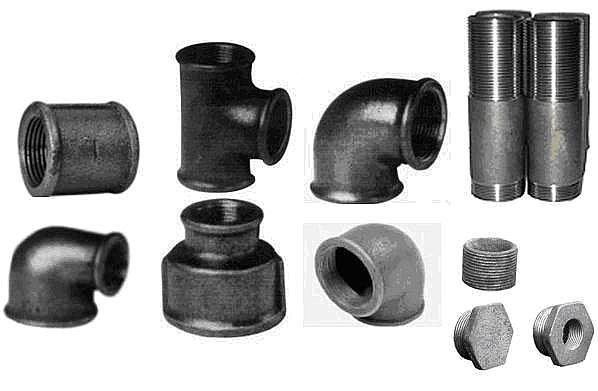
Low coefficient of thermal expansion
This is important when water pipes, steel or other materials, are recessed into the screed or plastered. Using a material that expands a lot when heated will quickly lead to cracking.
Unfortunately, not everything with traditional material is so cloudless.
Flaws
Corrosion susceptibility
Yes, steel rusts. This is especially true for cold water pipelines; the combination of constant moisture due to appearance with atmospheric oxygen is detrimental.
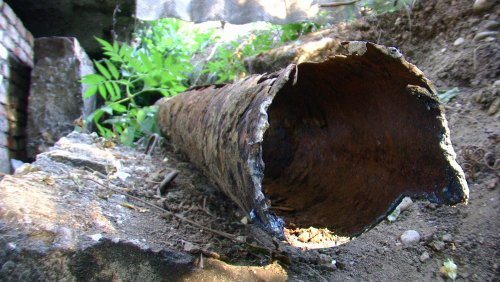
Decrease in pipe lumen over time
A steel water pipe on cold water overgrows inside over time. The clearance can catastrophically decrease in just a few years of operation of the water supply system.
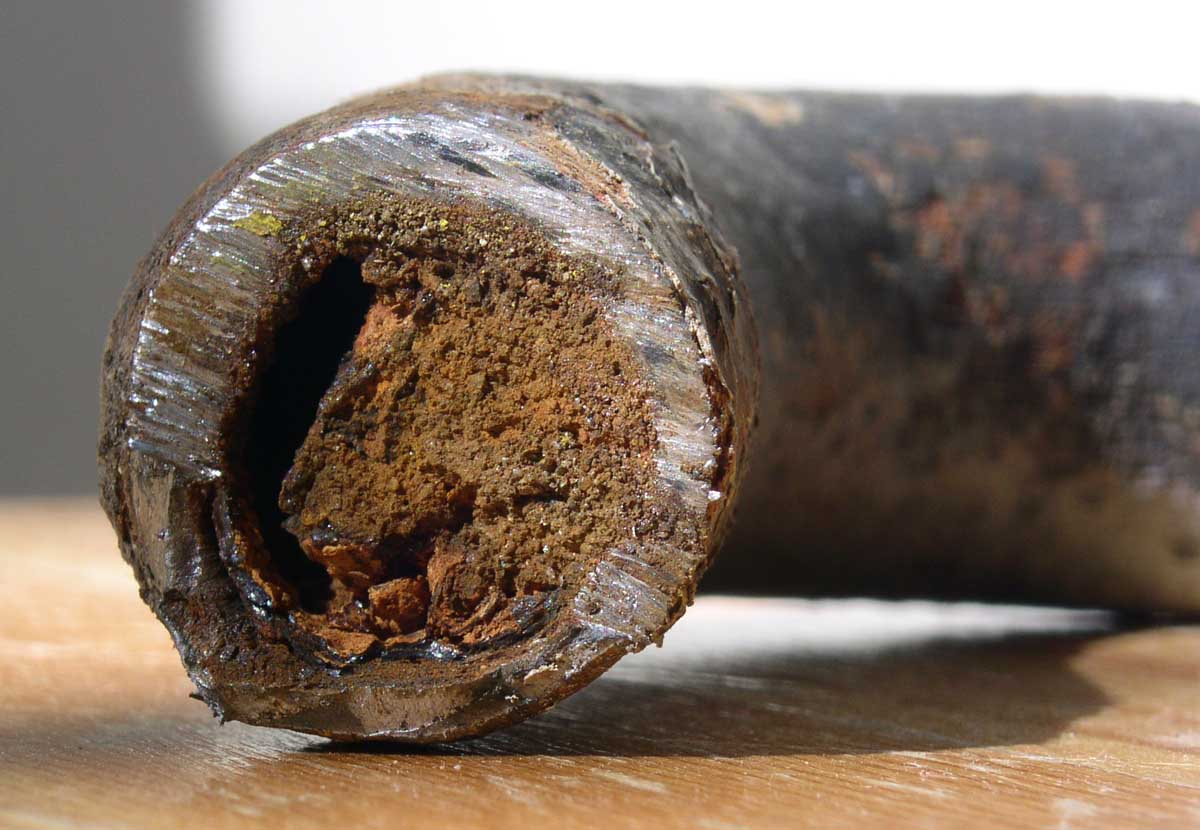
The complexity of installation and disassembly
Assembling a water pipe from steel is not at all like tightening a few union nuts on metal-plastic fittings or welding pieces of polypropylene together with a small soldering iron. You will need to either involve a welder, or manually cut threads on pipes. And this requires a lot of effort and a special tool.
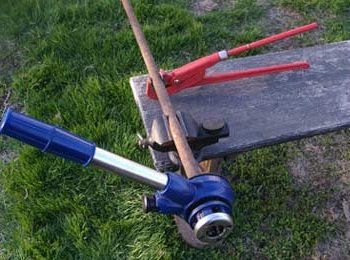
Oh, it's hard work...
Big weight
How much the pipes weigh - the owner of the water supply does not care only until the moment when they have to be transported and unloaded.
Of course, in the first place among the shortcomings is the susceptibility to rust. Who needs plumbing, which in a few years will certainly become unusable? If a few decades ago steel simply did not have reasonable cost alternatives, then now why put up with this shortcoming?
Tip: immediately after finishing the installation of a water pipe from steel pipes, after making sure that there are no leaks, prime and paint the pipe. Later, this will most likely prevent condensation on the cold water pipe.
Fortunately, it is not that difficult or expensive to protect steel from corrosion. A simple steel pipe has alternatives that maintain its mechanical strength and at the same time devoid of the main disadvantage.
Steel without rust
Galvanized pipes
Galvanized pipes for water supply are made from a simple steel pipe by electrochemical zinc spraying on the inner and outer surfaces.
This solves two problems at once:
- Galvanized pipe does not rust;
- On the galvanized inner surface, build-ups, which are inevitable for steel, do not form.
Galvanized pipes are noticeably more expensive than steel pipes, but they are a much more sensible solution for plumbing. The service life of galvanized pipes, if limited, is quite comparable to the duration of human life.
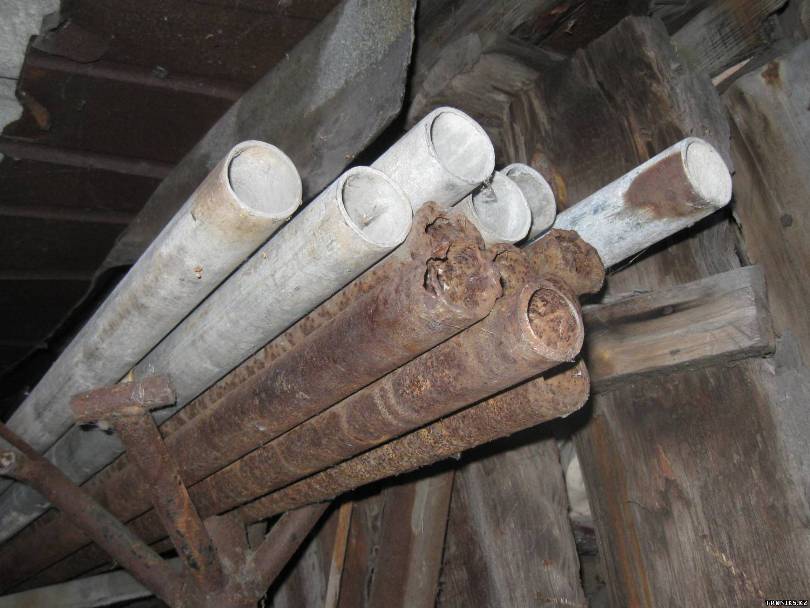
Tip: The threads on the galvanized pipe expose the underlying steel under the anti-corrosion coating. In general, galvanizing does not need paint, but the thread must be painted, otherwise it will quickly rust.
Stainless steel pipes
Stainless steel plumbing pipes are a great choice when you need extra durability. Regardless of the price. This is an excellent material, the plumbing of which is made according to the principle of "fire and forget." If it ever needs repair, it will most likely come down to cleaning the filters and removing bits of scale.
In order not to convince the reader that he will find the happiness of his life in a stainless steel plumbing, we will nevertheless mention the shortcomings.
- Cost and again cost. Stainless steel is expensive in itself. Pipes from it are perhaps the most expensive of the possible materials.
- The complexity of processing. Stainless steel is obtained by adding additives and other metals to ordinary steel. The resulting product not only does not rust, it is also very hard.
A turner, unaccustomed to stainless steel, can ruin more than one cutter on parts from it, and manually cutting a thread on a stainless steel pipe is simply an unrealistic task.
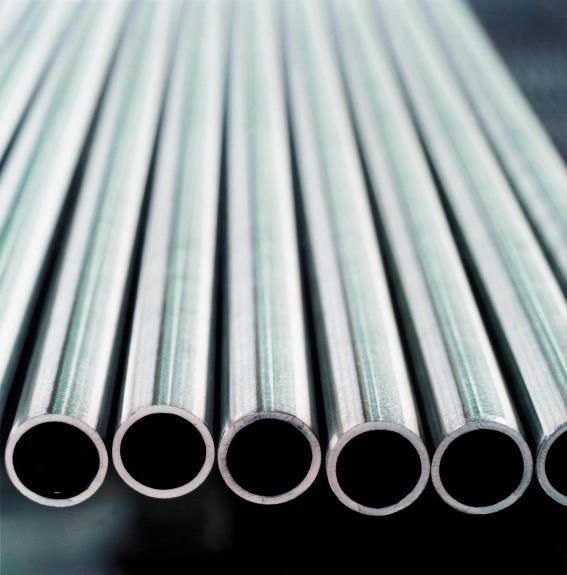
As we can see, stainless steel water pipes as a material for plumbing are good, but far from ideal.
Alternatives
If, for some reason, only metal water pipes are supposed to be used to create a water supply system, then copper and cast iron should also be mentioned among the materials suitable for this.
- Copper has long been widely used for domestic water distribution in Western countries; now, however, it has practically been superseded by more modern materials.
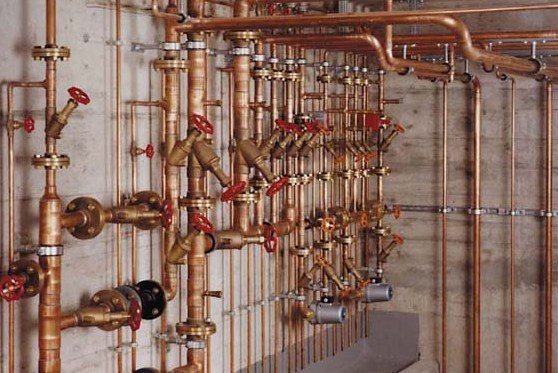
- Cast iron was used in terry Soviet times for large-diameter water pipes, when it was necessary to provide water to a house, or even a quarter. It does not rust and is less likely to overgrow over time than steel.
Therefore, in fact, it was applied. Now very rarely used. Among other things, because it was assembled using a large amount of manual labor. First of all, of course, the sealing of joints.
If water metal pipes are not a fetish for you, then the modern market will offer you a lot of modern materials that are much more convenient to use and install:
- Metal-plastic. Aluminum tube coated inside and outside with plastic. Easy to bend, extremely easy to assemble.
- Polypropylene. Monolithic plastic, which is joined with fittings using a simple soldering iron. The seams are completely sealed and never leak.
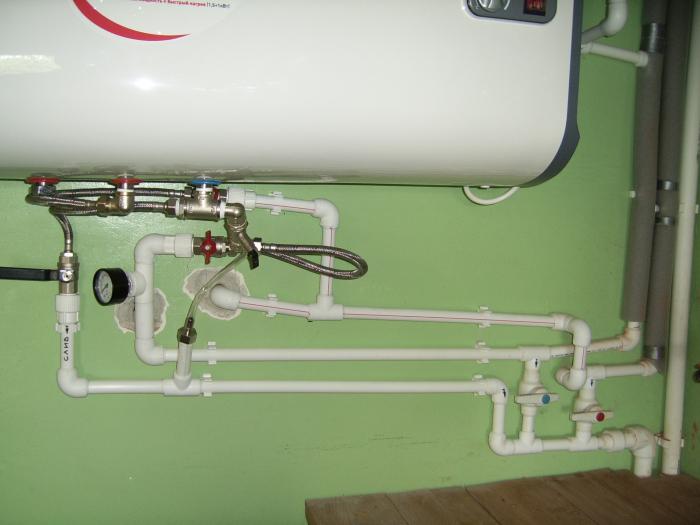
Mounting methods
To connect pipes made of steel and any of their options - be it a galvanized water pipe or a stainless steel, there are only two ways.
- Welding.
- Threaded connections.
Tip: If you want to use stainless steel plumbing pipes, consider hiring an electric welder.
The most common propane welding torches do not produce a hot enough flame to comfortably weld stainless steel. The threads on it cannot be manually cut.
On steel and galvanized pipes, threads are cut manually if necessary. If there is a lathe within reach, even better. Having made branch pipes and spurs with threads of the desired length, you will make the assembly of the water supply system much more comfortable.
Diameters
The diameters of steel water pipes are traditionally more often indicated in inches. At the same time, in order to calculate the exact inner or outer diameter in millimeters, it is not enough just to multiply the number of inches by 25.4. If we see 1/2 inch metal water pipes in the store, this only means that a cylindrical pipe thread of this diameter can be cut on this pipe.
Along with inches, both sellers and specialists can also use the mention of pipe diameter in the usual metric system. In this case, the inner diameter of the pipe is taken; external varies depending on the wall thickness.
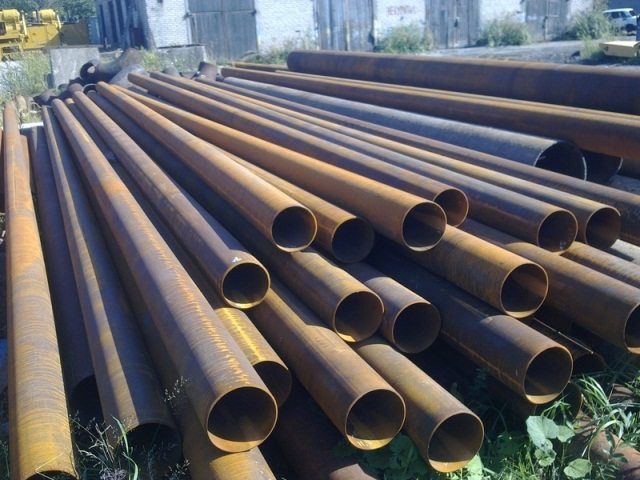
Wall thickness
According to GOST 3262-75, gas pipes are divided by wall thickness into:
- Lungs.
- Ordinary.
- Reinforced.
In millimeters, the wall thickness varies depending on the diameter of the pipe. If, with an inner diameter of a pipe of 25 millimeters, a wall thickness of 4 mm makes the pipe classified as reinforced, then for a weaving pipe, a wall of four millimeters means belonging to light pipes.
If there are no special requirements for the ability of the water supply to withstand extreme pressure, or, conversely, for the weight of the material (which does not go well with the choice of steel), ordinary pipes should be preferred. Reinforced, in addition to greater weight and greater cost, it is much more difficult to cook with gas.
Cutting threads on them with a familiar tool may also not work out: their inner diameter is standard, but the outer one is larger! If a stainless water pipe with a large wall thickness is processed, hang yourself at all ...
On the other hand, light pipes with their thin walls were originally designed for gas pipelines with welded joints. Obviously, corrosion will destroy a thin pipe faster. In addition, thin-walled pipes are frankly fragile on threads.
With even a slight voltage of the water pipe (and they are often mounted, due to the characteristics of the material, at least a little, but tight), after a couple of years, the thread may simply break off. What it is fraught with in an apartment building - I think it is not necessary to explain.
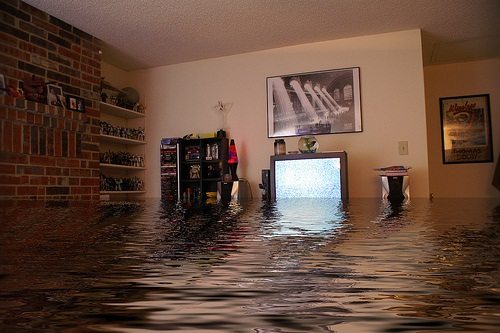
Of all steel pipes, our choice in terms of consumer characteristics is a galvanized water pipe. Although, we repeat, in our time, steel has excellent alternatives.









